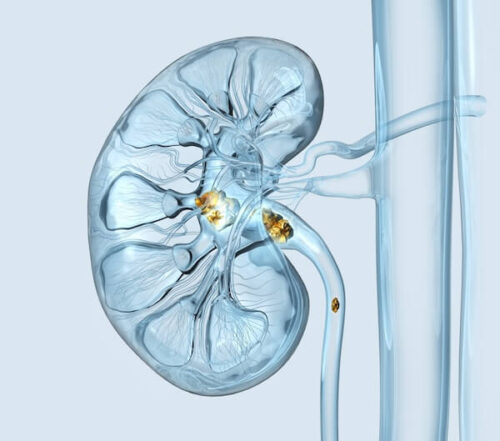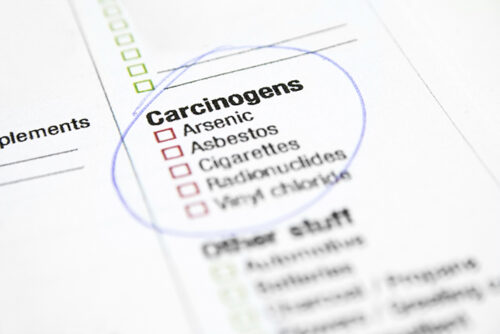Patients Commonly Receive Misinformation on Osteoporosis Treatments
The “By the Way Doctor” column in the February 2008 Harvard Health Letter ran questions from readers regarding the safety of the osteoporosis bisphosphonate drugs, such as Fosamax, Actonel, and Boniva. Dr. Anthony Komaroff M.D., Editor in Chief, responded to patient concerns about long term use and the risk of the side-effect of bone necrosis or bone death – particularly in the jaw. One of the correspondents had been taking Fosamax for 11 years. Bisphosphonates are now the first choice for treating and preventing osteoporosis and are widely prescribed worldwide to women and men who have low bone density and fear fragility fracture later in life.
Concerned by inaccuracies in the column, Gillian Sanson, author of “The Myth of Osteoporosis” wrote the following to Dr Komaroff:
|
Gillian is currently making a documentary on bisphosphonate drugs that considers how they have seamlessly replaced HRT as the universal osteoporosis prevention strategy despite questionable effectiveness, lack of long term safety data and known serious risks and side-effects. The film includes interviews with osteoporosis authorities, representatives of the FDA, the NIH and the WHO, researchers, women’s health advocates, and consumers. |
January 31, 2008
Dear Dr. Komaroff,
Although no doubt intended to be helpful, your advice in response to recent questions in the Harvard Health Letter regarding the use of bisphosphonates could be misleading for readers as it appears to overstate the benefits and underplay the risks.
Whether bisphosphonates make bones stronger, as you advise, is questionable. They do not re-build bone, and although remineralisation and bone density increase occurs, the evidence for anti-fracture benefit from the drugs is minimal. Fosamax for example, is claimed to reduce hip fractures by 50 percent in high risk women with low bone density and previous vertebral fracture, but the actual or absolute reduction is one percent. In real terms, 90 such women would need to be treated for three years to prevent one hip fracture in one of them.1 It is estimated that hundreds of women aged 50 years with low bone density alone would need to be treated for more than 3 years to prevent one hip fracture in one of them. 2
Studies have found vertebral fracture benefit with Fosmax, Actonel and Boniva in high risk individuals where bone density is very low and there has been a previous vertebral fracture. But even then the drug will not benefit the majority who take it. For example, some 22 older women in this category would need to take Fosamax for three years to prevent one vertebral fracture discernible by X-ray in one of them. 3
Although bisphosphonates may favorably influence bone density loss, there are concerns that because their mechanism of action suppresses the bone remodeling process, long term use may result in brittle bones that are prone to fracture. 4 Increased bone mineralization has been shown to increase micro-fracturing in animal studies. 5 Of note, a Connecticut woman has this week sued Merck & Co., claiming that Fosamax caused multiple stress fractures and suppressed bone regeneration in her legs. 6 She took the drug from 1996-2006.
Bisphosphonates have an indefinite half-life of at least 10 years duration so the effect of the drug continues for better or worse once stopped. The amount of drug within the bone will accumulate with use thus continuing its effect for better or worse. There is no known method of removing the medication from the bones. The reader who questioned you had already been taking the drug for eleven years. Surely it would be prudent for her to discontinue at this point?
You maintain that “many well designed studies involving thousands of women have found that – at least for 10 years- the effect of bisphosphonates like ibandronate is to strengthen bone and prevent fractures”. There has only been one trial of any bisphosphonate that has continued for more than 5 years – the Fracture Intervention Trial extension. 7 This extension to the original trial is considered by many to be of little clinical value as it was small and poorly designed – and particularly flawed as the “placebo” group had previously taken Fosamax for three or more years. Although the study showed that bone mineral density continued to increase with up to 10 years of Fosamax use, it is not at all clear that this meant a reduction in fracture. The research that answers this question has yet to be done. The small numbers precluded any definitive evidence regarding long term safety.
The gastro-intestinal side-effects of bisphosphonates have been well documented, and you will be aware that the FDA has this month issued an alert about the previously lesser known side-effect afflicting many users of chronic, often severe, joint and bone pain, swelling of ankles and feet, muscles cramping and stiffness, and difficulty walking. There is also evidence from a paper in the January 15, 2008 Journal of Rheumatology that oral bisphosphonate drugs nearly triple the risk of developing bone necrosis. 8 They have also been found to double the risk of atrial fibrilliation. 9The Systematic Review: Comparative Effectiveness of Treatments to Prevent Fractures in Men and Women with Low Bone Density or Osteoporosis in the February 8 2008 issue of Annals of Internal Medicine concluded that “data are insufficient to determine the relative efficacy or safety” of all the studied drugs. 10
A BMJ article this month (Jan 2008) warns that a series of recent scientific publications have exaggerated the benefits and underplayed the harms of drugs to treat pre-osteoporosis or osteopenia”, potentially encouraging treatment in millions of low risk women.11
In the absence of clear evidence for long term safety, and for benefits that outweigh the risks, the current practice of widely prescribing potent bisphosphonates needs to be reviewed. I am greatly concerned that the rush to provide costly and risky medical solutions for low bone density in healthy postmenopausal women is drawing attention away from the very important issues of preventing falls in the elderly, diagnosing genuine sufferers, and encouraging regular exercise and appropriate diet to maintain bone health.
Yours sincerely,
Gillian Sanson
www.gilliansanson.com
Recommended Articles

The Truth About Oxalates & Kidney Stones

Arsenic In Rice







